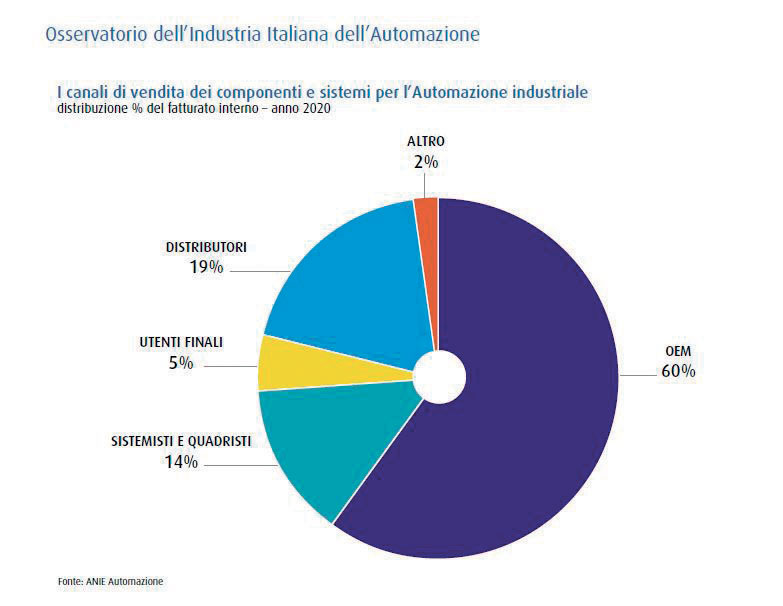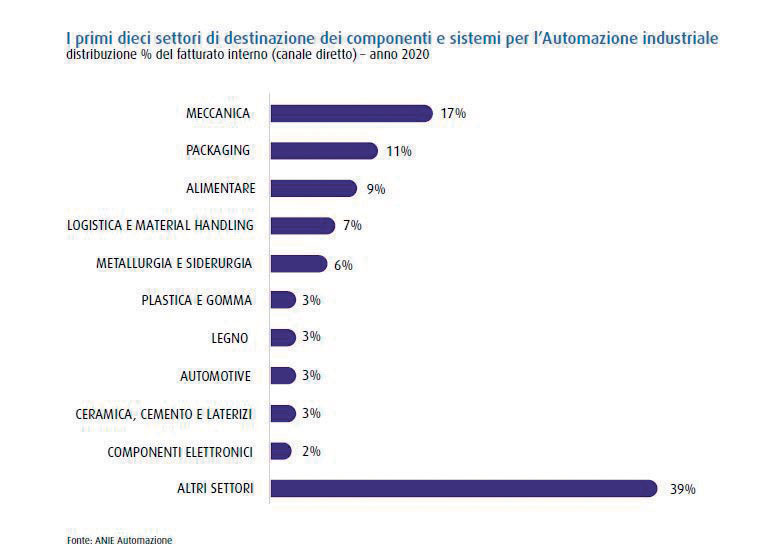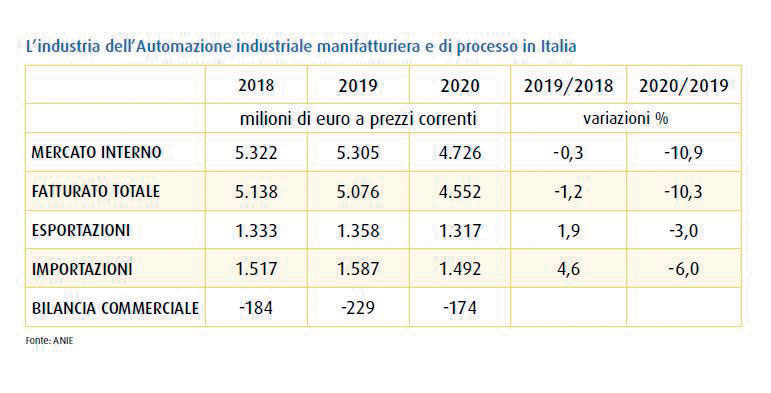Digitization will drive the recovery of the automation sector
During the opening press conference of the SPS Digital Days ANIE Automazione presented the Observatory of the Italian Automation Industry. The data speak of a significant decline in the turnover in 2020, but positive signs could materialize for the current year, thanks to the acceleration of the digitization process of the economic system, also supported by European funds.

The opening press conference of the 2021 virtual edition of SPS Italia was the stage for the presentation of data on the industrial automation sector, by ANIE Automazione. On the same occasion, the Observatory of the Italian Automation Industry, also available online, was presented. The Observatory provides an overview of industrial automation industry data for 2020 and an in-depth look at the OPC UA communication protocol. It includes a comprehensive supplement that charts market trends from 2020 through the first quarter of the current year with forecasts for overall trends in 2021.

Overall revenue is down, with industrial software bucking the trend
In 2020, the Italian Manufacturing and Process Automation industry recorded a total turnover of 4.5 billion euros, down 10.3 % compared to 2019. With exports down 3% and imports down 6%, the domestic market showed a 10.9% contraction. The effects of the pandemic, with the heavy legacy left by the months of lockdown, have severely penalized the sector. The health emergency had a strong impact on the second half, already in decline, of 2019, with domestic demand severely weakened by a gradual slowdown in industrial investments related to the Transition 4.0 Plan. Investment in machinery and equipment, according to National Accounts data, ended 2020 with a double-digit decline. Going into detail about the turnover in Italy, the negative sign is common to all product categories, with the most accentuated decreases for fixed gearboxes (-18%), brushless motors (-17%), drives (-14%), and on-board control panels (-13%). The only exception is represented by Industrial Software, in countertrend: 5% increase in 2020, a growth that becomes double-digit in case of a few specific technologies.

Will the digitisation process drive the industry’s the recovery of the sector?
A scenario of light and shade is forecast for 2021. The expected recovery will have to deal with the prices and delivery times of the main commodities used in the production process, together with shortages of basic electronic components. However, some positive signals are coming from the market, which should benefit from the acceleration of the digitalization process of the economic system, also supported by European funds. A recent survey by ANIE Automazione estimates a return to a growth path as early as 2021 (+6% is the expected change in turnover) and a recovery to pre-Covid levels in 2022. “To consolidate and incentivize these results, we count on industrial policy interventions that act on strategic fields such as connectivity and intangible infrastructure (broadband and 5G), digital skills, professional retraining, schools and ITS. – said Fabrizio Scovenna, President of ANIE Automazione. “I am therefore referring to the National Recovery and Resilience Plan (PNRR), which is designed to implement the Next Generation EU program based on three strategic pillars: digitalization and innovation (the Transition 4.0 Plan is also included here), ecological transition and social inclusion. The objective of the plan is to correct the inequalities we are suffering from: territorial, generational and gender, in addition to giving more competitiveness to the country”. “In this scenario – continued Scovenna – our task remains to promote the technologies that enable the process of digital transformation, an opportunity to accelerate the country’s economic growth.” That’s why the technological focus of this year’s Observatory is dedicated to the OPC UA communication protocol: a freely available protocol designed for industrial automation, which allows information and data to be exchanged within the machine, between machines with each other and between machines and systems.

